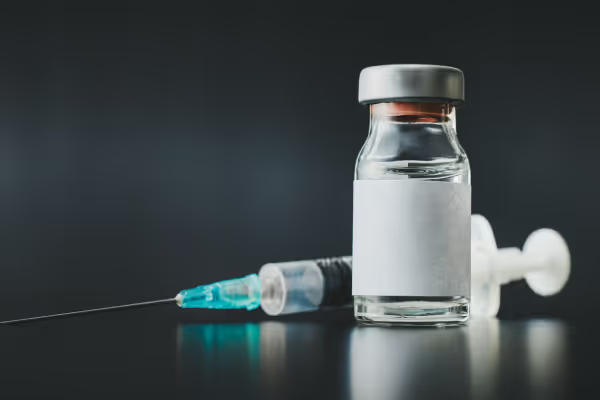Navigating the Health Hazards of Mold: Prevention and Awareness

Mold, a common household issue, often goes unnoticed until it becomes a significant problem. Understanding the potential health risks and how to prevent mold growth is crucial for maintaining a healthy living environment.
What is Mold?
Mold, a type of fungus, thrives in damp, warm environments. It reproduces through tiny spores that travel through the air. Mold is frequently found in bathrooms, kitchens, and basements in homes.
Health Risks Associated with Mold
Mold exposure can lead to various health issues, especially for individuals with respiratory conditions or weakened immune systems. Symptoms include nasal stuffiness, throat irritation, coughing, wheezing, eye irritation, or, in some cases, skin irritation. Prolonged exposure can exacerbate asthma and lead to more severe reactions.
Preventing Mold Growth
Prevention is critical in managing mold issues. Here are some effective strategies:
- Control Humidity Levels: Keep indoor humidity levels below 60%. Use dehumidifiers and air conditioners to maintain a dry environment.
- Improve Ventilation: Ensure proper ventilation in your home, especially in high-moisture areas like the kitchen and bathroom.
- Fix Leaks Promptly: Water leaks from pipes or roofs can create ideal conditions for mold growth. Fix leaks as soon as they are detected.
- Clean and Dry Thoroughly: After flooding, clean and dry your home thoroughly to prevent mold growth.
- Use Mold-Resistant Products: When renovating, consider using mold-resistant drywall or paint.
Detecting and Addressing Mold Issues
If you suspect mold in your home:
- Regular Inspection: Routinely check for visible signs of mold or a musty smell, especially in areas prone to dampness, such as basements and bathrooms.
- Professional Assessment: For widespread or persistent mold issues, consider consulting a professional for a comprehensive mold inspection and testing. They can offer tailored solutions based on the specific mold type and extent of infestation.
- DIY Cleaning Solutions: Cleaning with soap and water solution is effective for small, manageable areas. Consider incorporating natural agents like vinegar or tea tree oil for an added antimicrobial effect. Always wear protective gear to avoid exposure to mold spores.
- Health and Safety Precautions: Be aware of mold toxicity symptoms, such as respiratory problems or allergic reactions. If health issues arise, seek medical advice, especially if you have underlying conditions that could be exacerbated by mold exposure.
Ensuring a Healthier Home
Addressing mold effectively is vital for safeguarding your health. Understanding mold's causes and implementing robust prevention measures can significantly reduce its risks. Maintaining a vigilant approach towards humidity control, proper ventilation, and routine checks in mold-prone areas is crucial. Remember, timely detection and immediate response are vital in mitigating mold-related health concerns and ensuring a safer and healthier living environment.
Stay Informed and Stay Safe
Understanding and managing mold is an essential aspect of maintaining a healthy home environment. Be proactive in your approach, and don't hesitate to seek professional advice if needed.
For personalized and professional guidance on mold issues in your home, reach out to our experienced providers who are equipped to offer the assistance you need for a safe and healthy environment.
Disclaimer: This content is not medical advice. For personalized guidance, please consult a GoldCare provider.
References:
- Centers for Disease Control and Prevention. (n.d.). Reduce Your Exposure to Mold. Retrieved from https://www.cdc.gov/mold/reduce-your-exposure-to-mold.html
- Cancer Center for Healing. (n.d.). Detox from Mold. Retrieved from https://cancercenterforhealing.com/detox-from-mold/
- Mold Guy. (n.d.). Mold Toxicity. Retrieved from https://www.moldguy.ca/mold-toxicity/
- Jana's All Natural. (2022, December 6). Mold Toxicity. Retrieved from [https://www.janasallnatural.com/health-blog







.avif)
.avif)
.avif)

